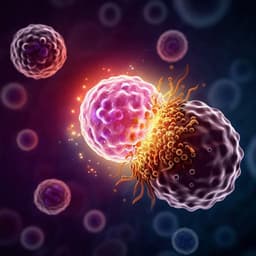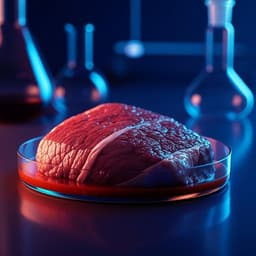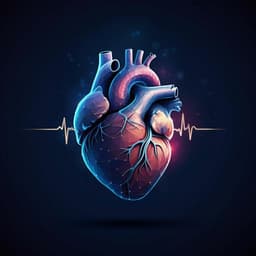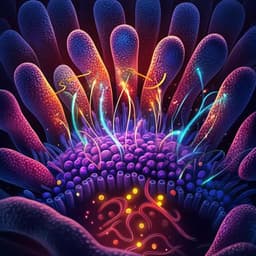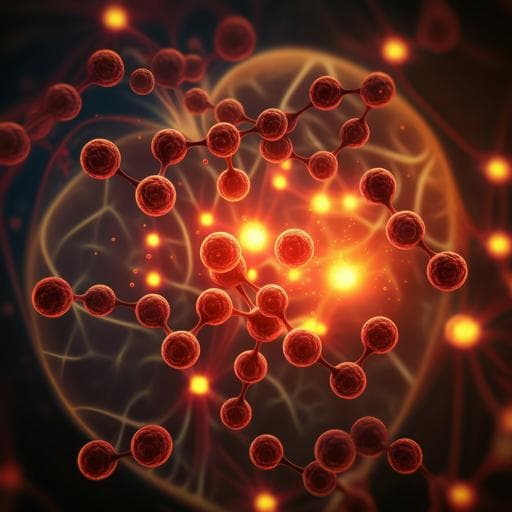
Medicine and Health
Electrophysiological engineering of heart-derived cells with calcium-dependent potassium channels improves cell therapy efficacy for cardioprotection
P. Vigneault, S. Parent, et al.
This innovative research by Patrick Vigneault and colleagues explores how calcium-activated potassium channels could revolutionize cell therapy for heart diseases. The study highlights the potent role of KCa3.1 in enhancing heart function and cell growth, offering promising avenues for cardiac protection and regeneration.
~3 min • Beginner • English
Related Publications
Explore these studies to deepen your understanding of the subject.



